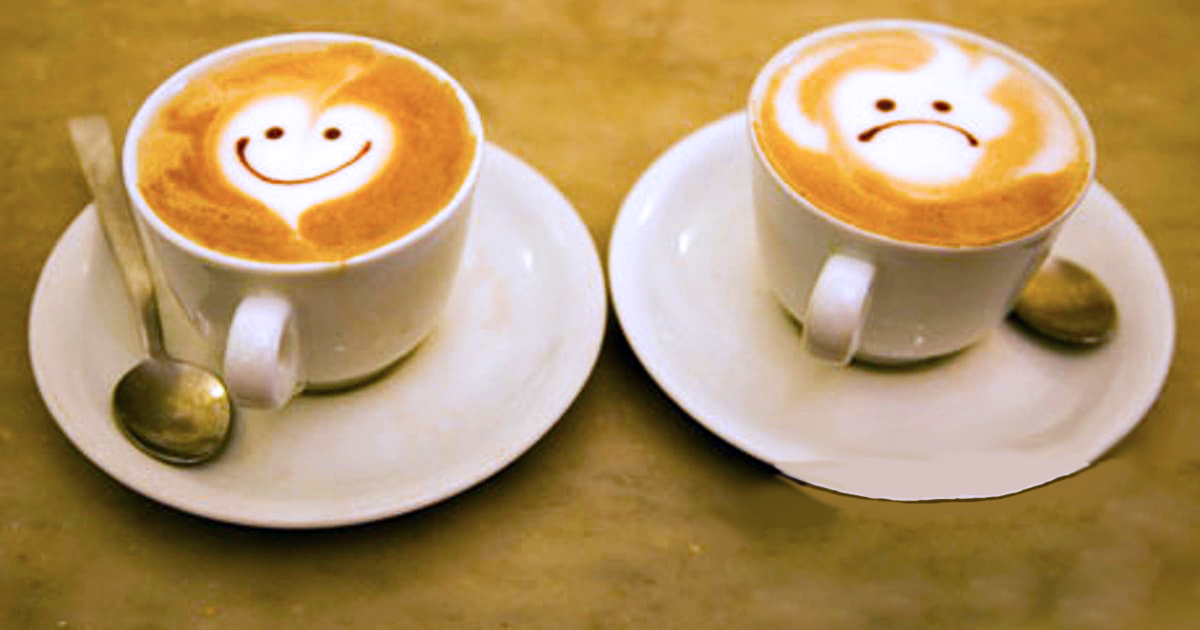The ‘Rules for Food’ – you would be hard-pressed to find someone who does not love Italian cuisine. Regardless of whether it is a humble pizza or shaved white truffles over risotto, everyone has a favorite. However, when traveling to Italy, many are surprised to find that the magnificent cuisine of the country sometimes seems to carry as many ‘rules’ as a recipe has ingredients! Here are a few of our favorites for the uninitiated. As a friendly warning, once you know these rules, you will never look at fellow diners the same. Please try to be diplomatic if you intend to point out the errors of their ways.
Watch your cheese please – there are many features of Parmigiano cheese to love, but when it comes to rules, number one is that it should NEVER be spelled ‘Parmesan.’ Rule number two – it does not go on fish. As wonderful as grated Parmigiano is on a bed of pasta or risotto, it should not be added to dishes containing seafood. It is all about the flavor and the delicate essence of fish is overpowered by adding cheese. You are highly unlikely to find ‘Shrimp Parmigiano’ anywhere in Italy. If you do, it will probably be listed on the menu as Shrimp Parmesan. This would be an indication that you should select another restaurant or café. You can bet that the establishment is not run by Italians.
Just when you thought that you understood the whole Parmigiano thing – wham! One more important rule. Do not sprinkle Parmigiano on your main course. The cheese’s robust flavor is wonderful for certain foods, but it overwhelms the flavors of an entrée. You risk insulting the chef by adding cheese to the main course. It would be like adding the Parmigiano to your dessert. It just doesn’t make any sense to an Italian. So if you order a tuna steak for your dinner and add cheese to it, then you will have violated two rules in one meal – a mortal sin! Perhaps the only grudgingly accepted application to cheese with fish is a pizza that may be ordered with anchovies, but that’s it.
The next rule involves cappuccino and latte. Any coffee beverage with milk is only to be consumed in the morning. Once it becomes midday or later, if you order a cappuccino, make sure to yawn so the barista will think that you have had a late night out. If you want to really raise a sign that says “I’m a tourist,” order a cappuccino after spreading grated ‘parmesan’ over your seafood dinner. Listen carefully and you will hear gasps from other diners.
If you really want an afternoon pick-me-up, try a caffé macchiato – an espresso topped off with steamed frothy milk. Although not the preferred beverage for Italians in the afternoon, it will not offend anyone. In Italy, a coffee (preferably espresso) is consumed by itself, the concept of a steaming cup of ‘joe’ while having a bacon and egg breakfast hasn’t caught on in Italy. Coffee and tea for that matter are enjoyed with the meal by themselves, rather in addition to food and if you drink tea, expect it to come with lemon. Milk is never added to tea in Italy. Even the visitors from the U.K. seem to have come to grips with this.
Another guffaw is the mispronunciation of the hot beverage espresso. Ordering an ‘expresso’ is a sure way to get the evil eye. Perhaps the only defense to this mistake is to say that the order is ‘take away’ (to go) – then ‘expresso’ becomes witty, although still somewhat ignorant.
Insalata – the salad is often consumed in America before the main course, but that is not the case in Italy. Insalata is eaten after the main course and is served dressed with olive oil and vinegar. The dressing and veggies both cleanse the palate and aid in digestion. Of course to complicate matters, there are a few exceptions to this rule, one of which is the Roman salad ‘puntarelle,’ which is dressed with anchovies and olive oil and is usually served before pasta.
The next rule is about eating in general. Remember – you are in the land of slow food. Eating in a sociable setting is good for the body, mind and soul. Therefore, walking and eating, the American practice of eating on the run, is unacceptable, rude and so foreign in concept as to bring into question your moral standing, belief in the almighty and eternal afterlife. Even legendary street foods such as Panelle Siciliane (made from fried chick peas) and supplì in Rome (the beloved deep-fried rice balls of the Eternal City) are not eaten on the go. It is acceptable to eat the foods while standing up, but only if a convenient spot to sit cannot be found. If you want to turn what would be a broken rule into a virtue, then offer your seat to someone else. Courtesy matters in Italy, especially when extended to mothers with children or to someone’s Nonna!
As is the case with some of the other rules, there is one socially acceptable time to eat and walk. That is during a ‘passeggiata’ while having gelato. An evening stroll with ice cream is fine, but ideally you should not be alone. A passeggiata is best for your spirits and body when you walk with friends or family. If you stop and think about it, there may be many rules associated with foods and eating in Italy, but in reality each makes sense. If followed, the rules should bring about a greater enjoyment of the food and a greater appreciation of those who you dine with.





